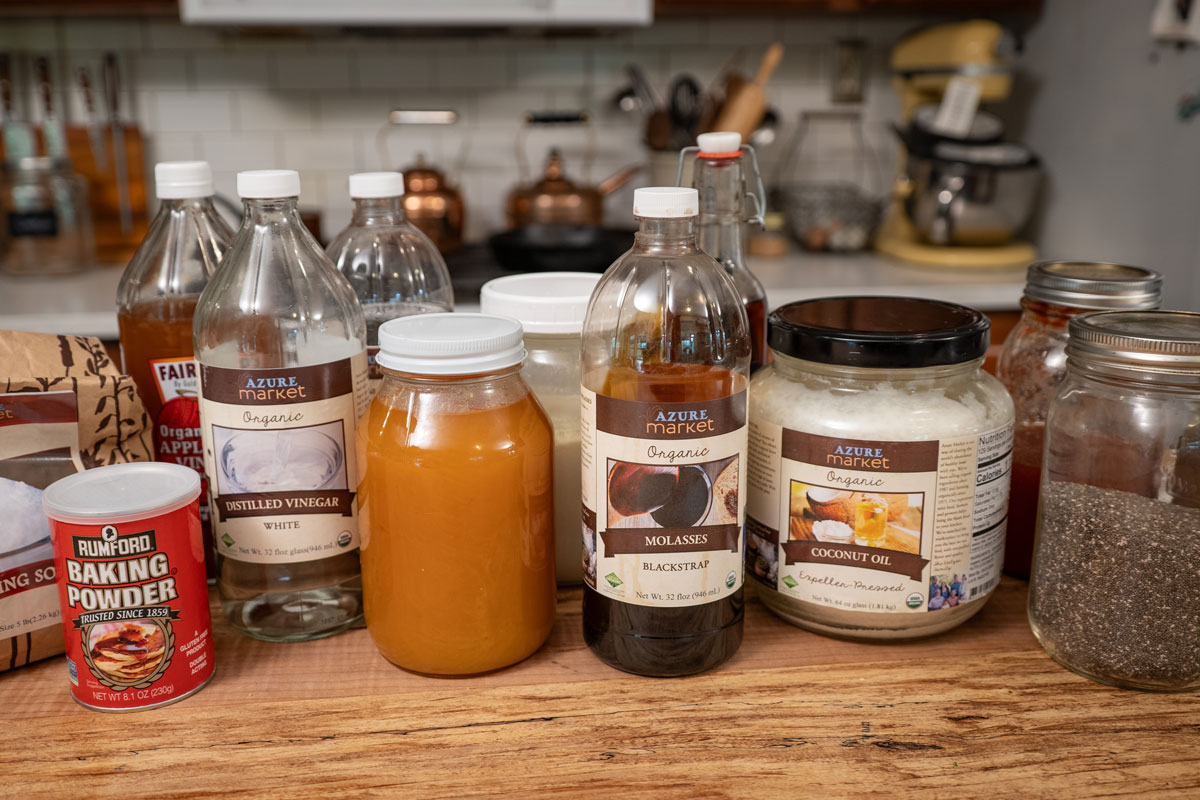In the age of ever-increasing inflation, these tips for how to save money on groceries will come in handy to help regain control of your wallet. You'll also find tips from the Great Depression era because some tips cross all generations.
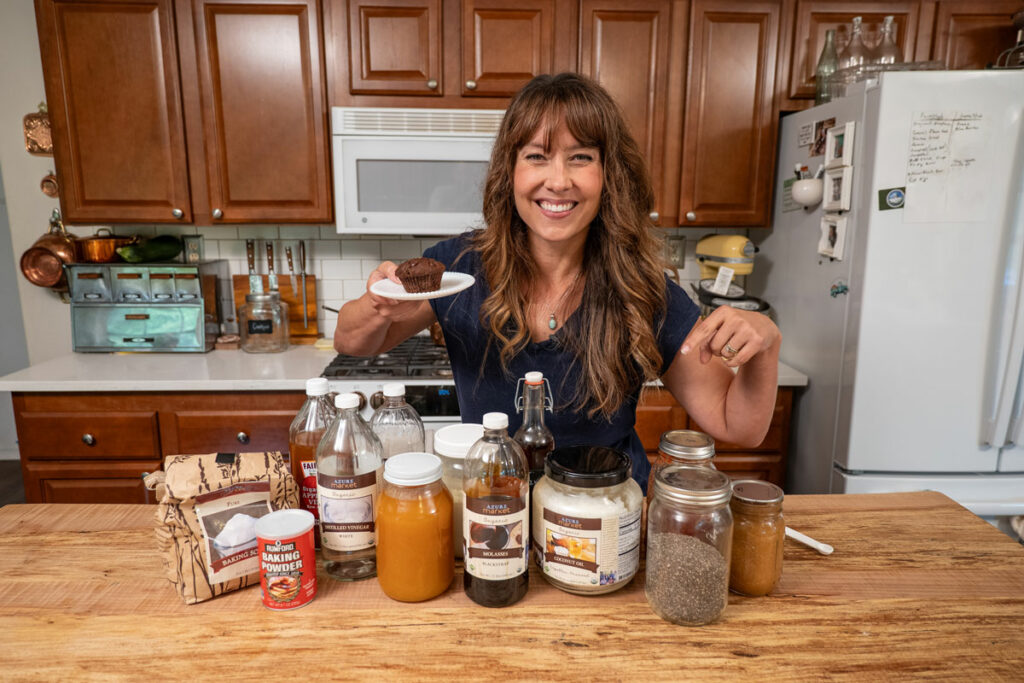
Let's be real here, if you're eating and buying organic and whole foods, your grocery bill can begin to add up quickly, especially when you've got a family still at home (hello teenagers!).
Even while raising all of our own meat here on our homestead (save for some seafood), there are certain months when I know we've gone a little overboard on our grocery spending.
This blog post was originally a podcast with Tiffany from Don't Waste the Crumbs and creator of Grocery Budget Bootcamp, but has been updated to include two podcasts (episodes #44 and filled with some of my favorite Great Depression era tips passed down to me from my dad who was raised during that time.
Keep in mind these podcasts were recorded back in 2017 (or earlier), so times sure have changed in regards to grocery prices. However, the general principles of saving money at the grocery store still apply today.
Whether or not you can raise your own meat, grow a large garden and preserve food for the year, we'd all like to keep a few more of our hard-earned dollars in our pockets, am I right?
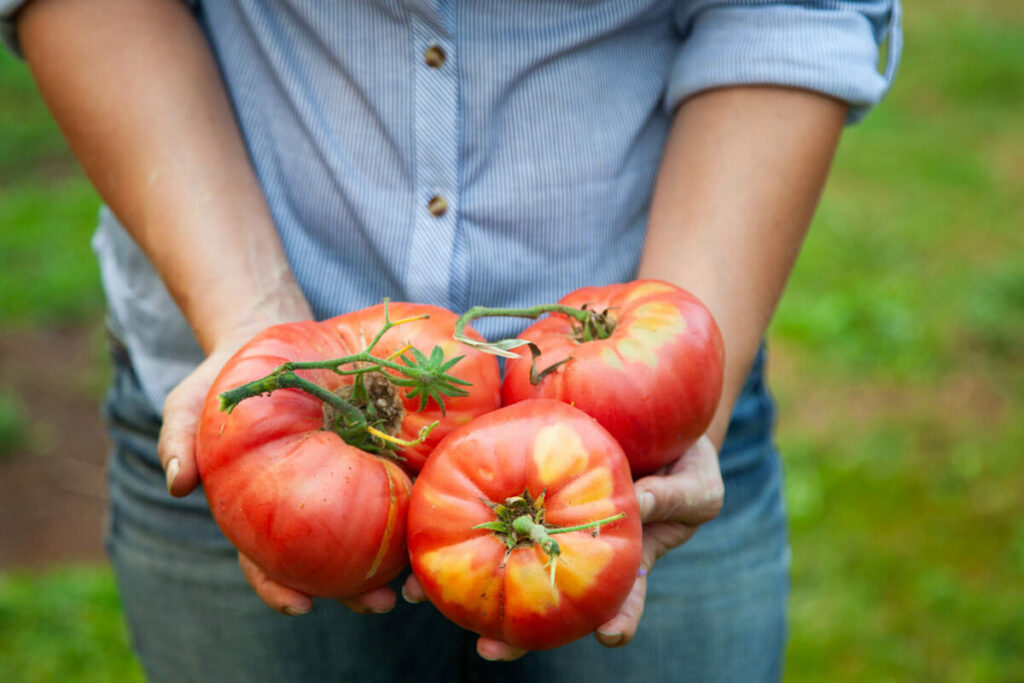
How to Save Money on Groceries
Groceries are a necessity, but they can also be a major expense. Typically speaking, for most households, the grocery budget it one of the largest monthly expenses and the one with the most control of adjusting.
Fortunately, there are plenty of strategies you can use to save money and still enjoy quality food. In this article, I'll share some tips on how to save money on groceries, from creating a grocery budget to making a shopping list that helps you stay on track. By following these practices, you can cut down your expenses without sacrificing the quantity or quality of your groceries.
Why are grocery prices so high right now?
In today's market, it's hard to ignore the rising cost of groceries. Many factors contribute to the high prices we see on the shelves. Let's explore some of the reasons behind these escalating grocery prices and how they impact your budget:
| Factors Contributing to High Grocery Prices | Impact on Consumers |
|---|---|
| Economic climate | Inflation and fluctuating exchange rates lead to higher costs for food production, transportation, and distribution, resulting in increased grocery prices. |
| Supply chain disruptions | Natural disasters, pandemics, and trade disputes can cause shortages and delays, making it difficult for grocery stores to maintain affordable prices. |
| Branding and marketing strategies | Well-known brands often come at a higher price, while store brands offer comparable quality at a lower cost, giving consumers the option to save money. |
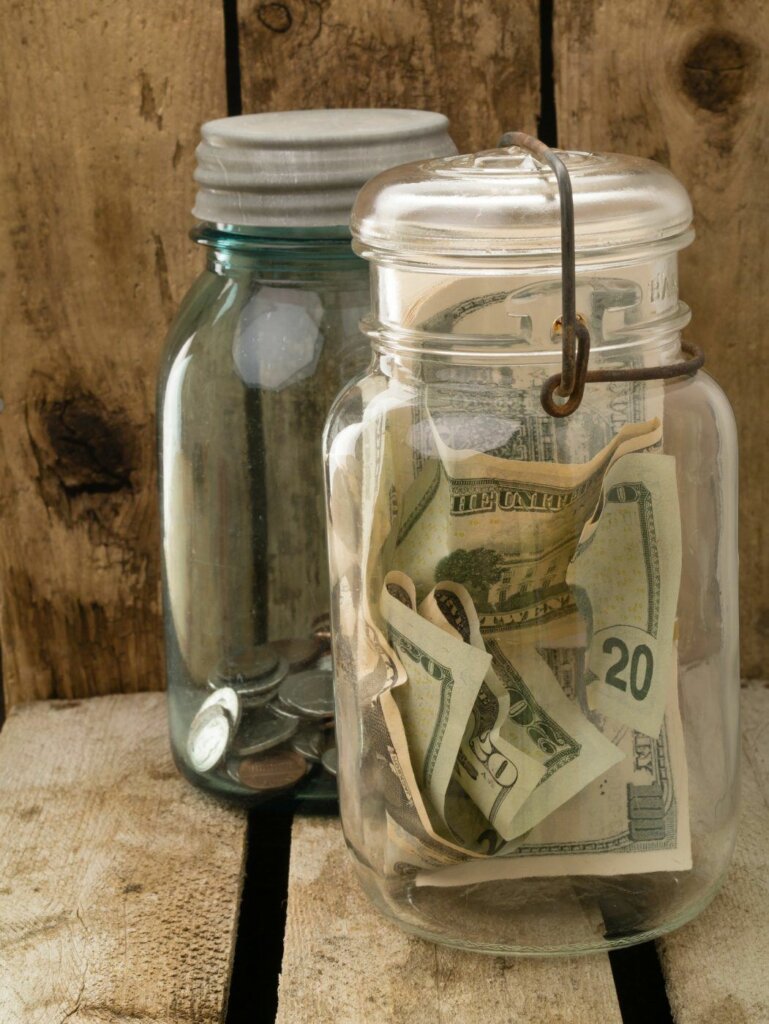
How Much Do People Spend on Groceries Each Month?
Understanding typical grocery spending can provide valuable insights into managing your own grocery budget.
Grocery spending varies based on factors such as household size, income levels, and geographic location. Different regions and cities have varying costs of living, which can impact the amount individuals allocate to groceries. Similarly, households with more members may have higher grocery expenses compared to smaller households.
According to recent studies, the average American household spends around $400 to $800 per month on groceries. This range allows for variations in family size, income, dietary preferences, and location. However, it's essential to note that individual circumstances may differ, and personal finance choices influence grocery spending as well.
When it comes to managing grocery expenses, credit cards can play a significant role. Many credit cards offer cashback or rewards programs specifically tailored to grocery purchases. By using credit cards strategically, individuals can earn rewards or cashback on their grocery spending, effectively reducing their overall expenditure.
However, it's crucial to practice responsible personal finance when utilizing credit cards for grocery shopping. Setting a budget, tracking expenses, and paying off credit card balances in full each month can help individuals avoid unnecessary interest charges and maintain control over their grocery spending.
This is not me giving you financial advice, rather sharing a tool that can be used to help offset rising grocery prices. It's important to know your spending habits and understand if this is a smart choice for you.
To gain a better understanding of how your grocery spending compares to others and make informed financial decisions, it can be helpful to monitor your expenses, track trends, and evaluate your grocery budget regularly. By doing so, you can identify areas where you might be overspending or find opportunities to save money without sacrificing the quality of your groceries.
| Household Size | Income Level | Average Monthly Grocery Spending | |
|---|---|---|---|
| Minimum (USD) | Maximum (USD) | ||
| 1-2 | Low | 200 | 400 |
| 1-2 | Medium | 300 | 600 |
| 1-2 | High | 400 | 800 |
| 3-4 | Low | 400 | 700 |
| 3-4 | Medium | 500 | 900 |
| 3-4 | High | 600 | 1000 |
| 5+ | Low | 600 | 1000 |
| 5+ | Medium | 700 | 1200 |
| 5+ | High | 800 | 1500 |
This table provides a general overview of average monthly grocery spending based on household size and income level. However, it's essential to remember that the figures provided serve as a reference point rather than concrete rules.
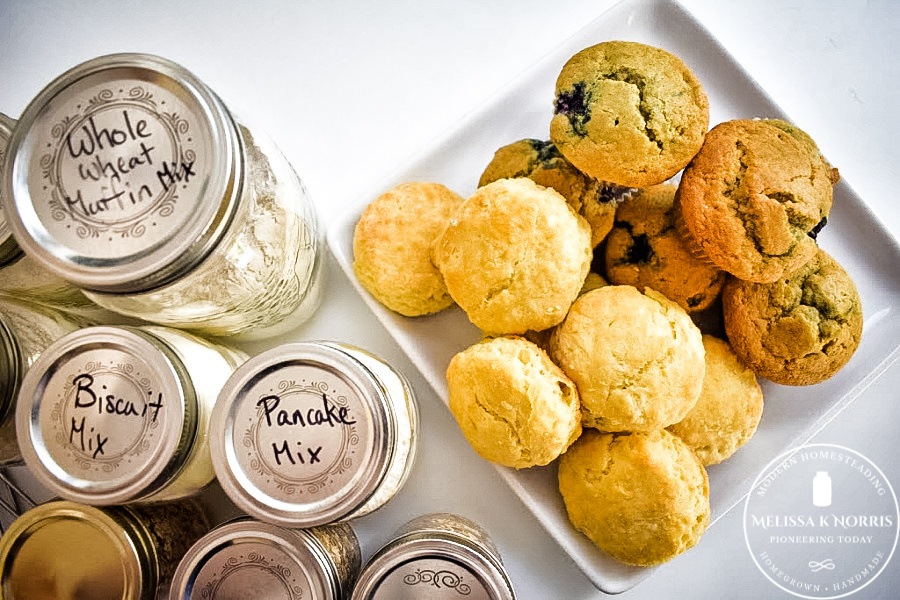
18 Ways to Save Money on Groceries
In today's uncertain economy, learning how to save money on groceries is so important. Here are 18 practical tips that can help you stretch your grocery budget without compromising on quality or quantity:
1. Shop Your Pantry First
Before heading to the grocery store, take inventory of what you already have in your pantry. Utilize these items in your meal planning, and only purchase what you truly need. Shopping your pantry first not only saves you money but also helps to reduce food waste.
If you grow a garden, it's essential to only grow what your family will eat! 25 jars of pickled beets do you no good if no one in your family will actually eat them!
2. Meal Plan
Creating a meal plan is a great way to minimize waste and avoid unnecessary purchases. Plan your meals for the week, making sure to incorporate ingredients you already have in your pantry. By sticking to your meal plan, you can eliminate impulse buying and make more cost-effective choices.
Furthermore, when meal planning, be sure to incorporate from-scratch recipes. Cooking from scratch (as opposed to using pre-mixed or packaged products from the grocery store) means you're saving money by doing it yourself.
Pro Tip: Stock your pantry with these homemade baking mixes so the urge to buy the store-bought alternatives isn't tempting.
3. Make a List (And Stick to It)
Always go to the grocery store with a list. This will help you stay focused and avoid buying unnecessary items. Stick to your list, resist temptations, and watch your savings grow.
Pro Tip: I found when my kids were little, it was best to grocery shop without them. Having a fussy toddler adding stress to a grocery trip could mean you make compromises or purchases not on your list.
4. Tally Grocery Totals As You Shop (Use a Calculator)
While shopping, use a calculator to keep a running total of your grocery expenses. This will allow you to stay within your budget and avoid any surprises at the checkout counter. Plus, being aware of your spending in real-time can help you make necessary adjustments to stick to your budget.
There's no excuse here, as we're all walking around with calculators on our phones!
5. Ignore Eye-Level Items
Grocery stores strategically place high-profit items at eye level to grab your attention. Instead, look up and down the shelves for better deals and cheaper alternatives. Take the time to compare prices and choose cost-effective options.
6. Buy In Bulk (When it Makes Sense)
Buying non-perishable items, such as rice, pasta, or canned goods, in bulk can be a cost-effective option. However, it's essential to assess your consumption patterns and storage capabilities. Only buy in bulk when you know you can use the products before they expire (visit Must-Have Pantry Items for Long Term Storage here).
My favorite resource for bulk buying is Azure Standard, use coupon code Melissa10 for 10% off your order of $50 or more (for first time customers only).
7. Shop Sales (Strategically)
Keep an eye out for sales and special promotions at your grocery store. However, be cautious and don't be tempted to buy items you don't need just because they're on sale. Stick to your list and only take advantage of sales when they align with your planned purchases.
8. Limit Your Grocery Store Trips
The more frequently you visit the grocery store, the more likely you are to make impulse purchases. Reduce your trips by planning ahead and buying enough groceries to last for a specific period. This will help you avoid unnecessary spending, encourage better meal planning, and save time when cooking from scratch.
9. Don't Shop Hungry!!!
One golden rule of grocery shopping is to never shop on an empty stomach. When hungry, you're more likely to make impulsive and unhealthy food choices. Have a snack or meal before going to the store, and you’ll be more focused on sticking to your grocery list.
10. Create a Grocery Comparison Price Sheet (Track Price Per Unit)
Tracking the price per unit can be a game-changer when it comes to saving money on groceries. Create a comparison price sheet to keep track of the cost of essential items at different stores. This way, you can easily identify the best deals and make informed purchasing decisions.
11. Pay With Cash
Consider using cash instead of credit or debit cards when shopping for groceries. Paying with cash makes it easier to stick to your budget and avoid overspending. Set aside a specific amount of cash for groceries each week or month, and resist the temptation to exceed that limit.
12. Use Grocery Rewards Programs
Take advantage of grocery store rewards programs to save even more money. Many stores offer loyalty cards or apps that provide discounts, coupons, and special offers. Sign up for these programs and maximize your savings with every purchase.
13. Don't Rely on Coupons (But Use Them!)
Coupons can be a great way to save money, but don't rely on them exclusively. Instead, use coupons strategically by combining them with store sales or discounts. This way, you can maximize your savings and get the best possible deals.
14. Eat Leftovers
Leftovers are a budget-friendly option and a great way to minimize food waste. Get creative with your leftovers by incorporating them into new meals or repurposing them. Not only will you save money, but you'll also discover new flavors and meals along the way.
15. Buy Generic
Consider buying generic brands instead of brand-name products. Generic options often have equivalent quality but come at a lower price. Don't be swayed by fancy packaging; prioritize savings without compromising on taste or quality.
16. Shop the Outside Isles of the Store
The outer aisles of the grocery store typically house fresh produce, meat, dairy, and other essential items. These sections often offer healthier options and better prices compared to the aisles filled with processed and packaged foods. Take advantage of the nutritious, affordable options found along the perimeter of the store.
17. Avoid Pre-Packaged Items
Pre-packaged and pre-cut foods come with convenience but often at a higher cost. Opt for whole fruits, vegetables, and bulk items that you can prepare and portion yourself. This way, you'll save money and have more control over the quality and quantity of your meals.
18. Shop on Non-Crowded Days
Avoid crowded shopping days, such as weekends or evenings, as these tend to be more chaotic and lead to rushed decisions. Instead, try shopping during less busy times, like weekdays or early mornings. You'll have a more relaxed experience and ample time to compare prices and make thoughtful purchases.
By implementing these money-saving strategies, you can make a significant impact on your grocery expenses while still enjoying nutritious meals. Start incorporating these tips into your shopping routine, and watch your savings grow!
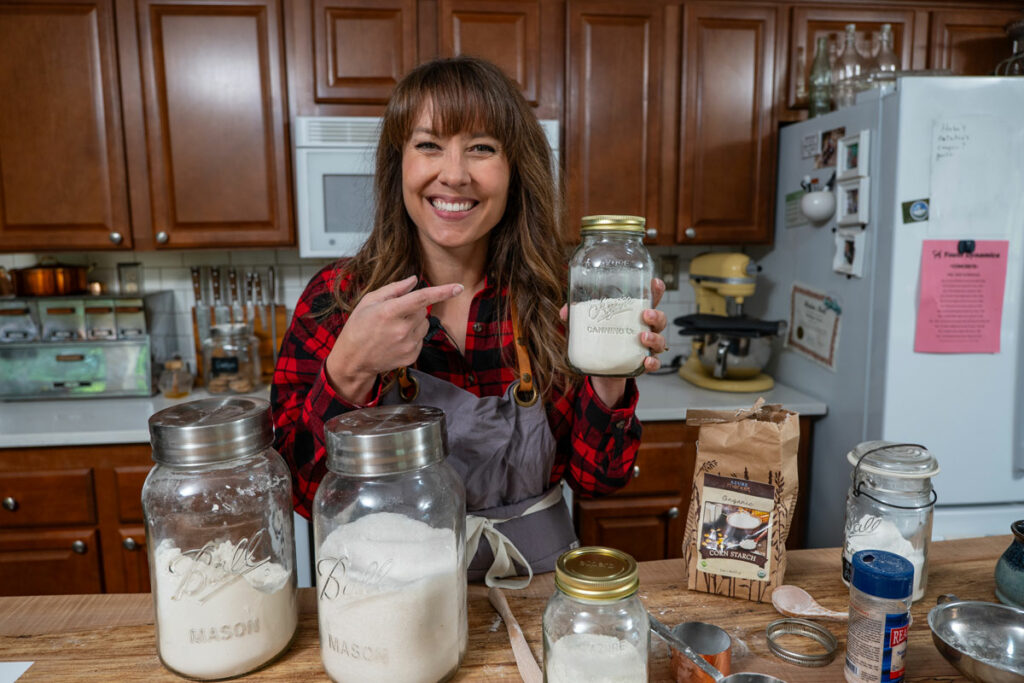
My Final Thoughts
Though we can't change the realities of inflation and the crazy prices at the grocery store, there are steps we can all take to decrease the amount of money we're spending each week or each month. By utilizing some of the above strategies, I hope you can see a bit of relief in your grocery budget this year.
Then download this free PDF for even more tips on how to save money on groceries (with some easy meal ideas as well).
Please leave a comment if you have more helpful tips to share on how you save money on groceries!

More Posts You May Enjoy
- 10 Ways to Keep Warm Without Electricity
- How to Keep Your House Cool in Summer Without Air Conditioning
- 9 Money Mistakes Even Frugal People Make
- 7 Tips to Spending Less and Living the Good Life
- Supporting Small Farms (Cost Vs. Benefit)
- 10 Tips for Creating a Budget
- Surviving Winter Without Power & Great Depression Christmas Traditions
- Building a Great Depression-Era Pantry
- Creating a No-Waste Kitchen w/ Mary’s Nest
